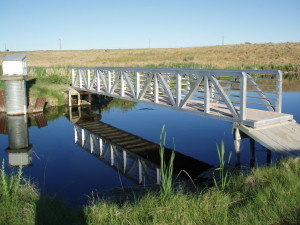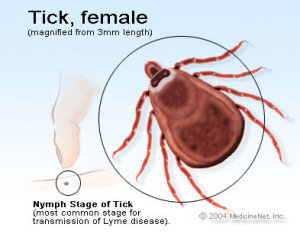This fall the public had a chance to respond to WDFW regarding a proposal to make it mandatory to retain Hatchery Steelhead.
The issue is quite complicated and we have tried to keep you up to date on it as much as we possibly can. I appreciate that club members have utilized our email resources to communicate their opinions regarding the issue. Going onto the internet or onto the WDFW website provides some information and individually that is what we recommend.
As a club, the one concern that keeps coming up as affecting our club members is the possible change of the regulations regarding the lower 2.5 mile stretch of the Grande Ronde. We have responded to that part of the issue and would like to see that small areas regulations remain the same.
We will undoubtedly be told what is happening in the next few months and know that much of what is decided will be based, at least in part, upon what is happening in the courts rather than what was submitted by the public, but for now we are in a wait and see mode as the public comment period ended on December first.
Rule adopted
A proposal that would have required Washington anglers to keep all hatchery steelhead they catch from the Snake and Grande Ronde rivers was adopted but altered by the Washington Fish and Wildlife Commission.
The Washington Department of Fish and Wildlife had floated a rule that would make anglers keep all hatchery steelhead they catch in the two rivers.
But the proposal was watered down by the commission, at the recommendation of the department, during its meeting in Tumwater last week, the Lewiston Tribune reports.
The commission adopted a suite of fishing rule changes for the Columbia River basin on the east side of the state.
But it completely dropped the mandatory steelhead retention rule for the Snake River and reduced the scope of the proposal in the Grande Ronde.
John Whalen, fish program manager for the Washington Department of Fish and Wildlife at Spokane, said the catch-and-release only regulations for steelhead on the lower 2.5 miles of the river will remain in place during the fall and early winter.
Starting Jan. 1 each year, anglers fishing both the upper and lower portions of the Grande Ronde will have to keep all hatchery steelhead they catch.
But rules that prevent anglers from using bait and require them to use single, barbless hooks on the river’s first 2.5 miles will remain in place throughout the steelhead season.
The mandatory retention rule was designed to reduce the number of hatchery fish that end up spawning in Grande Ronde tributaries, where it is feared they will dilute the genetic traits of wild steelhead.
Whalen said the prospect of opening the lower section to harvest early in the season risked leading to crowded fishing conditions.
The state also heard comments from fisheries officials in Oregon, who said making anglers keep all hatchery fish earlier than Jan. 1 would target steelhead bound for the upper reaches of the river across the Oregon-Washington state line.
Also under the rules adopted by the commission, Spring and Blue lakes along the Tucannon River will be open year round.

















